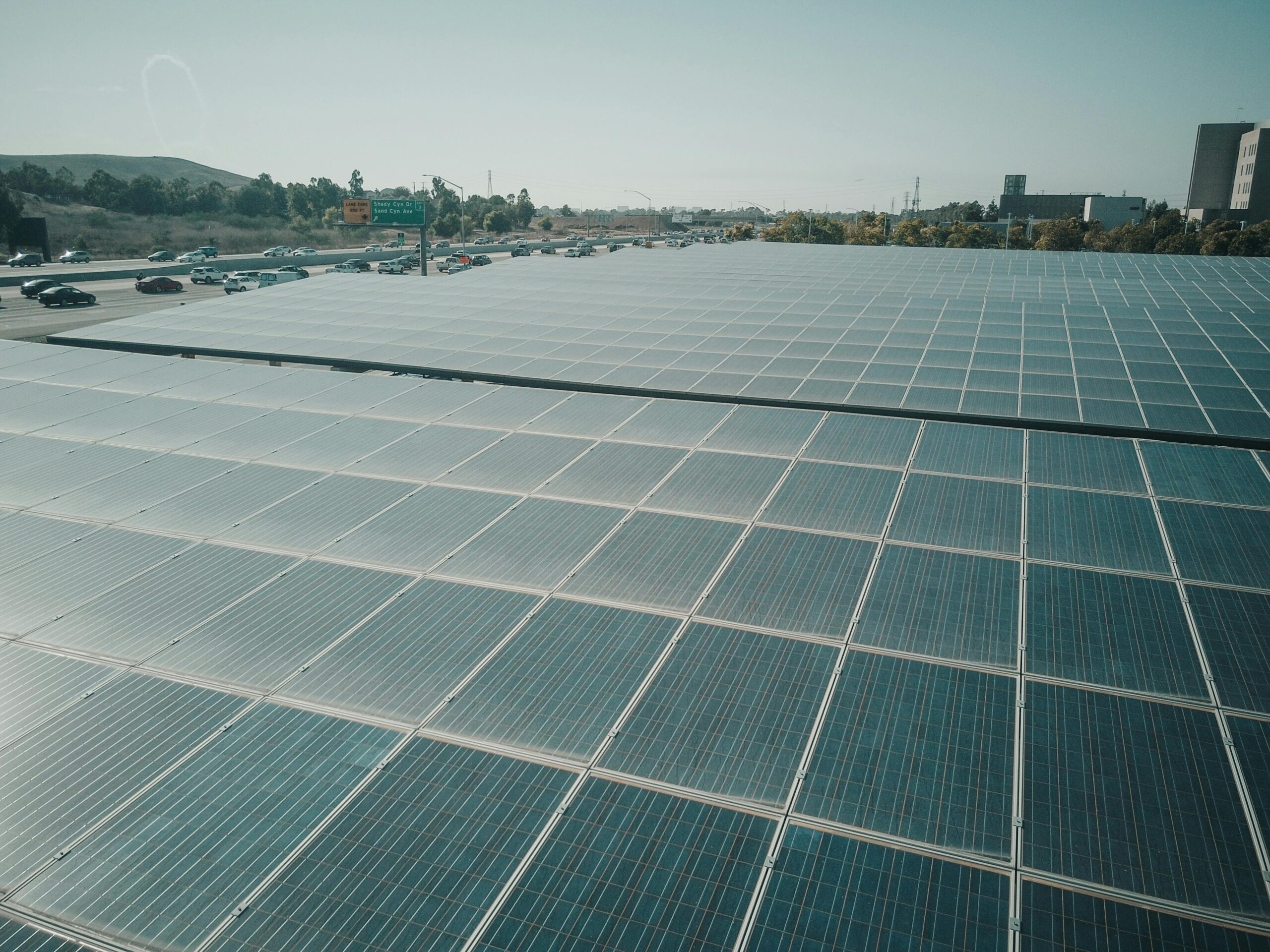Roofs, symbolic of shelter and safety throughout history, have evolved alongside advancements in materials and technology. From primitive straw and hide coverings to today’s engineered shingles, the roofing industry has continually innovated for durability, economy, and aesthetics. Industrial manufacturing and material engineering have played critical roles in developing modern shingle technology, offering a sleek design and impressive resilience. Asphalt shingles, known for their effectiveness, versatility, and affordability, dominate America’s preferred roofing solution. Beyond technical achievement, the story of modern shingles intertwines with the experiences of countless families, providing both protection and aesthetic appeal to homes while ensuring longevity and safety through informed choices.
Understanding Modern Shingle Composition
The unassuming shingle, crafted from layered compositions of fiberglass or organic mat, asphalt, and ceramic granules, offers waterproofing and durability while maintaining aesthetic appeal. This modern roofing material withstands temperature fluctuations without cracking, ensuring longevity and resilience for homes. Additionally, adhesive strips enhance wind resistance, preventing shingle blow-off during severe weather events. Products like IKO Roofing, among others, exemplify these high-performance standards, combining longevity, functionality, and aesthetics. In addition to material compositions, recent improvements in the granule technology in shingle manufacturing have further enhanced their longevity. Granules may be specifically designed to combat algae growth, a common problem that can cause unsightly streaks and potential damage over time. With each technological stride, modern shingles set new benchmarks for industry quality, promising homeowners a more durable and reliable roof over their heads.
Innovations in Shingle Design and Manufacturing
Shingle design has advanced significantly with digital design and high-precision manufacturing, allowing modern shingles to mimic traditional materials like wood shakes or slate tiles without downsides. Current manufacturing standards ensure uniformity, enhancing consistency and reliability across roofing projects. Manufacturers like IKO Shingles continually improve functional aspects like algae resistance alongside aesthetic advancements. This innovation creates broader consumer choices that meet various roofing challenges and personal preferences. The industry’s trend towards sustainability, incorporating recycled content and reducing environmental impact, reflects a broader movement towards conscientious product design.
Importance of Proper Shingle Installation
Proper shingle installation demands attention to detail and expertise from professional roofing contractors to ensure longevity and protection. Even advanced shingles can fall short if installed improperly, making it crucial to understand the nuances of installation, such as precise flashing around vertices and valleys. Installation missteps can lead to severe repercussions like leaks or wind damage, emphasizing the importance of trusting certified professionals for such a significant investment. These experts back their work with warranties and guide ideal shingle options based on the building’s architecture and regional climate, providing homeowners with peace of mind. Choosing a qualified contractor ensures that labor and expertise are invested in maximizing the protective qualities of shingles, extending the life of the entire roof system.
Sustainable Roofing: The Push Towards Eco-Friendly Shingles
In the era of ecological awareness, the roofing industry responds to the call for sustainability by embracing green building principles. Modern shingles, engineered for structural performance and environmental impact, utilize recycled materials and innovative compositions to promote energy efficiency. Sustainable materials have led to shingles that significantly reduce a home’s carbon footprint, including reflective shingles that lower cooling demands and energy consumption. Integrating solar photovoltaic technology directly into shingles represents a transformative development, harnessing solar energy while maintaining the functional purpose of traditional shingles. These solar shingles exemplify the symbiosis of form and function, reflecting the future of sustainable residential design within the broader solar energy landscape in the United States.
Regular Maintenance and Roof Longevity
Roofing maintenance is essential for longevity, requiring routine upkeep and inspections to prevent potential failures. From removing debris to inspecting sealants, meticulous care helps homeowners spot early signs of wear and preempt significant problems like leaks or structural damage. Proactive maintenance, including gutter cleaning and surface inspections, prevents water buildup and material erosion, saving expenses in the long run. Roofing experts recommend biannual inspections to manage issues before they worsen due to harsh weather conditions. Maintaining a relationship with installers who offer maintenance services ensures long-term care by those familiar with the roof’s construction.
